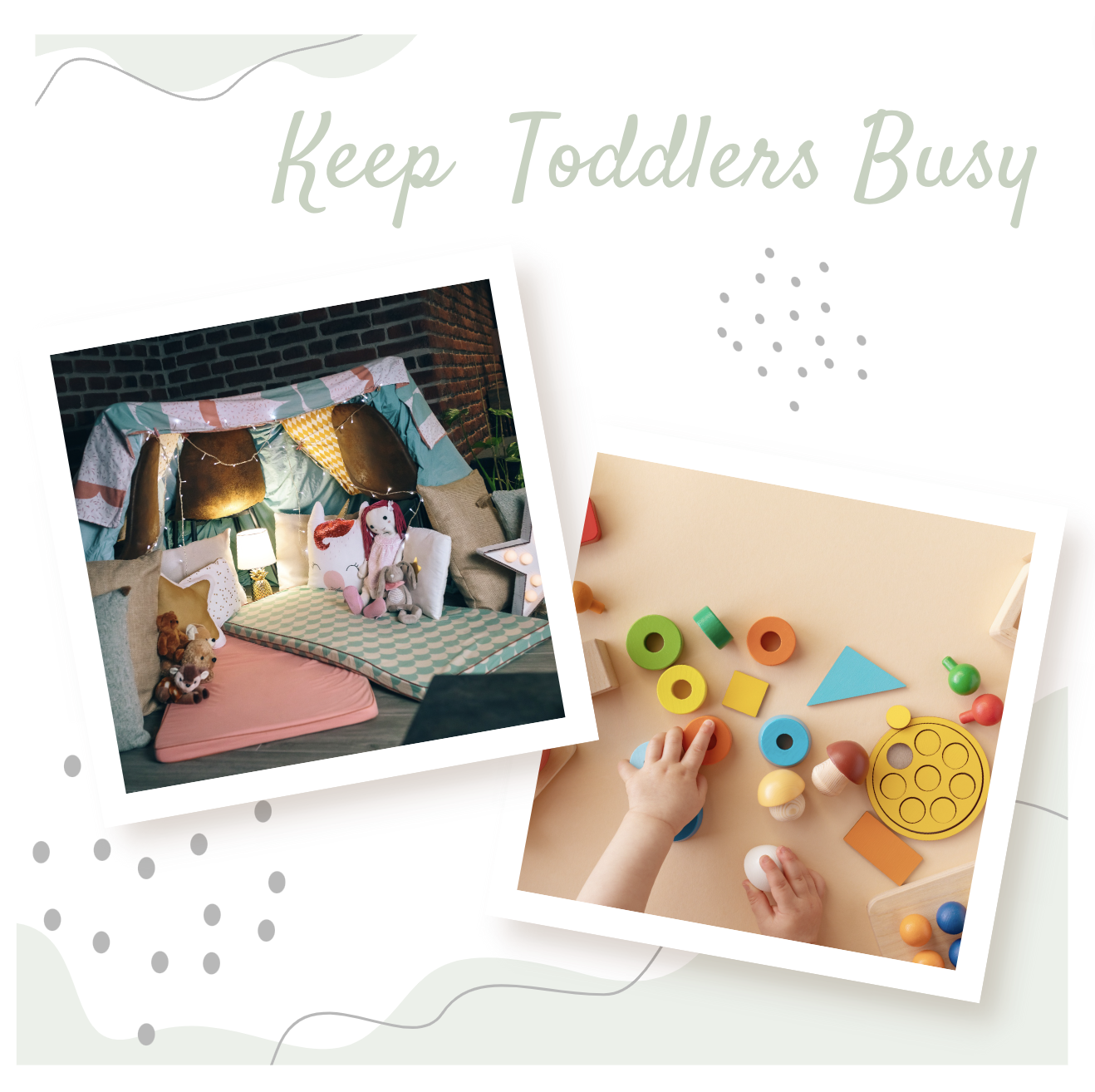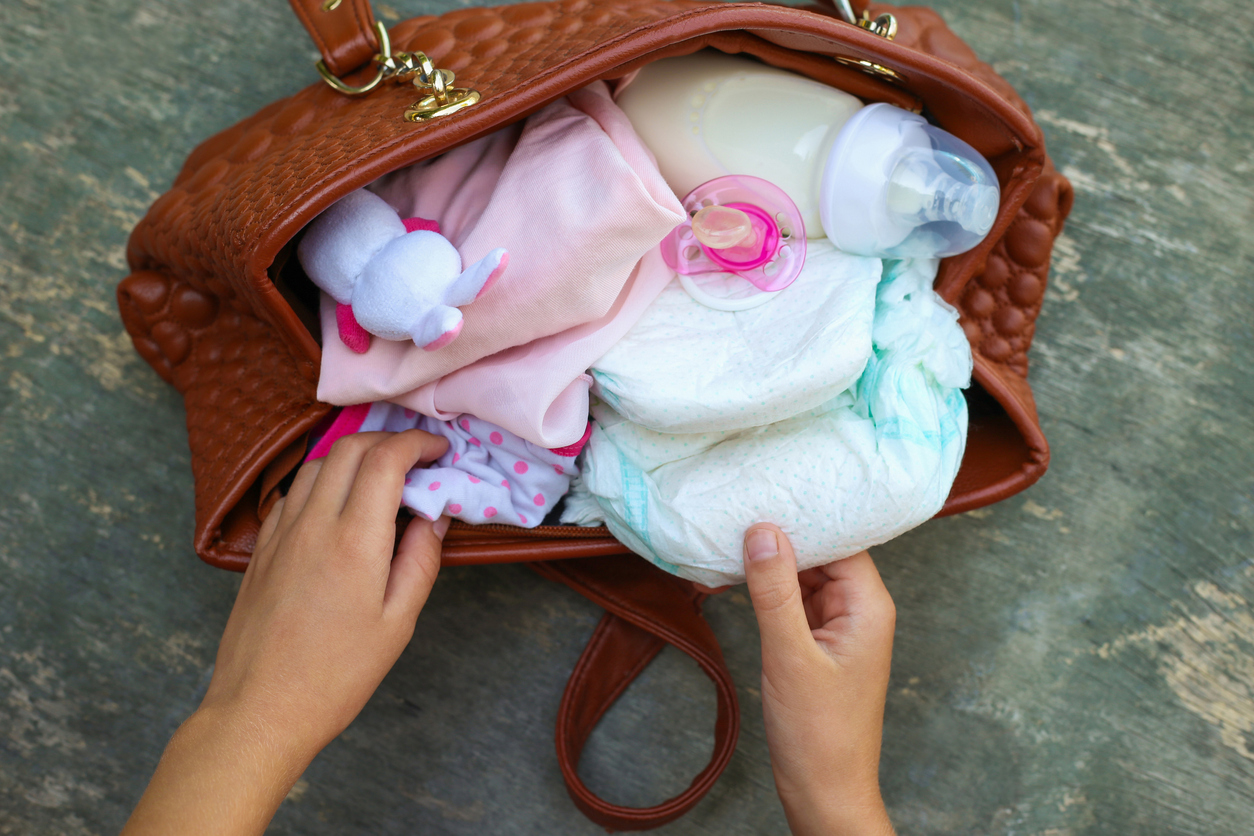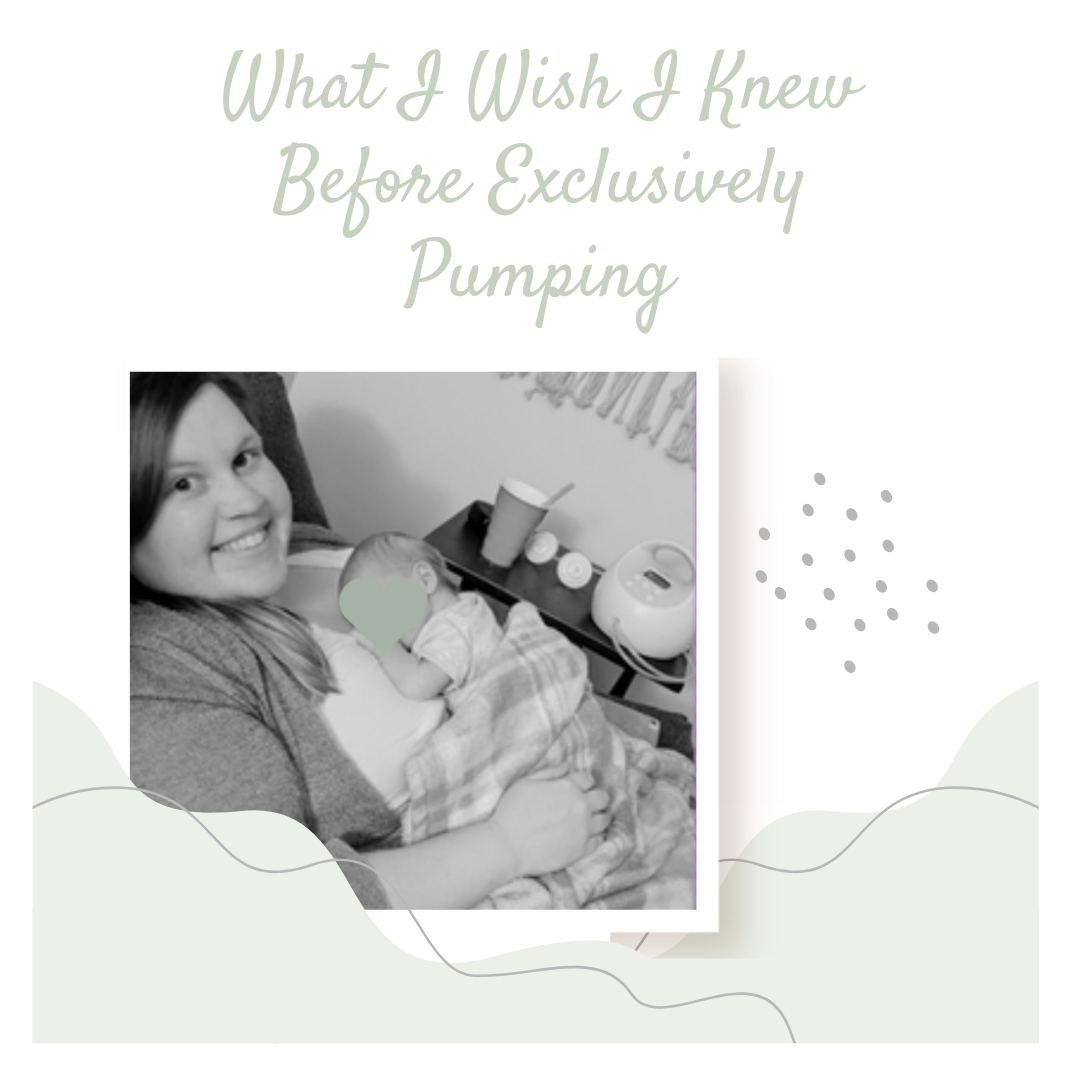Exclusive Pumping: Beginners Guide to Get Started
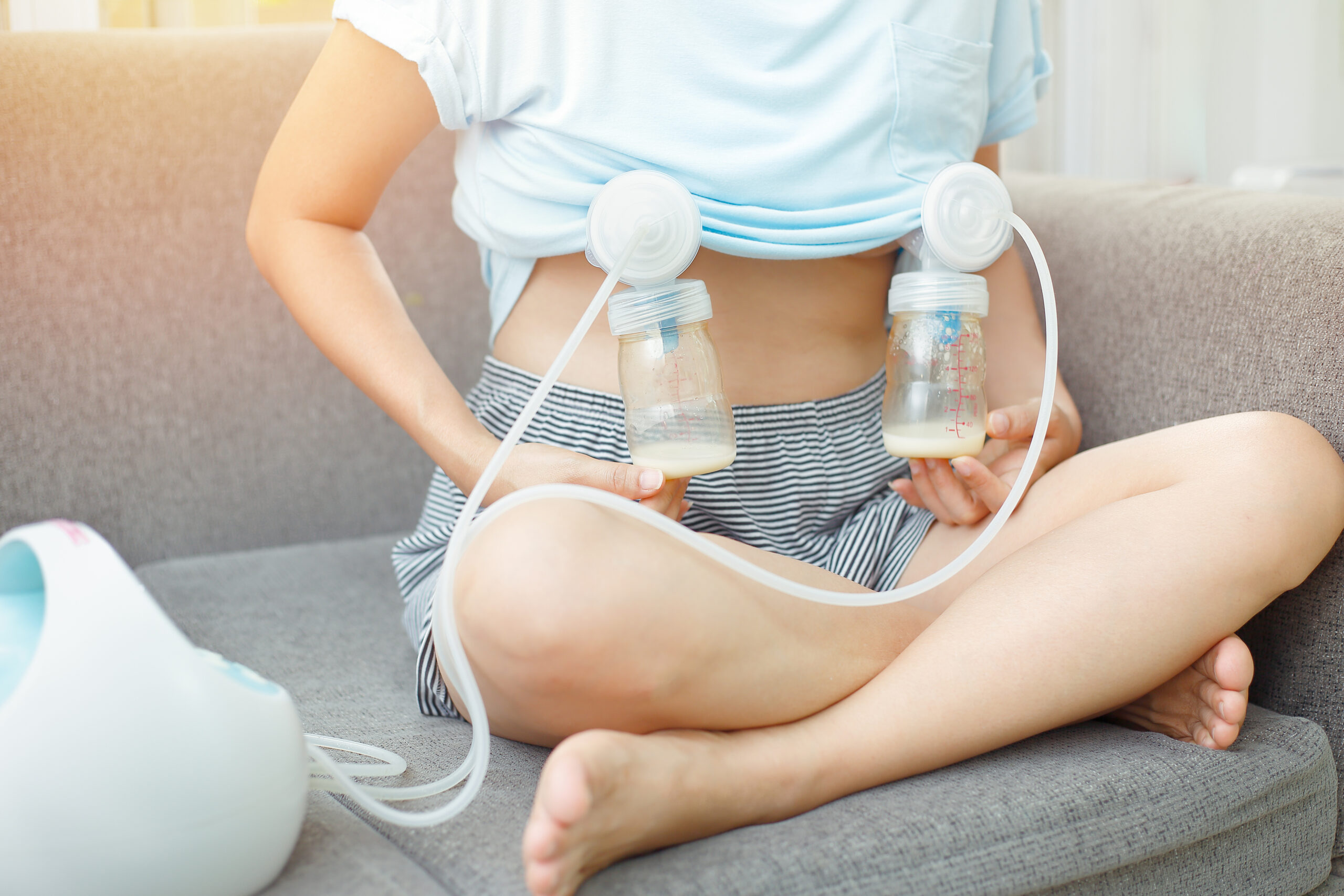
As a mother, you want to provide the best nutrition for your baby, and breast milk is the best food for infants. However, not every mother can breastfeed directly due to a variety of reasons, such as medical conditions, work demands, or personal preferences. Exclusive pumping is a way to provide breast milk to your baby without direct breastfeeding. In this guide, we will cover everything you need to know about exclusive pumping, including the schedule, tips, settings, and milk production.
How I started my Exclusive Pumping Journey
My exclusive pumping journey began when I was having a hard time trying to breastfeed in the middle of a formula shortage. There were a lot of factors that played into my decision to start exclusive pumping and I found myself doing an incredible amount of research. While being thrown into motherhood and trying to navigate this whole other side of breast feeding that I wasn’t expecting that I would have to learn. It became incredibly frustrating trying to learn this whole new skill, new terminology, new products, and remedies all while trying to care for myself during the postpartum phase with a brand new baby. I wanted to create this post as a tool for someone who may need a starting point!
What is Exclusive Pumping?
Exclusive pumping means that a mother feeds her baby exclusively with breast milk, but not directly from the breast. Instead, she uses a breast pump to express milk and bottle-feeds the baby. Exclusive pumping requires a significant commitment of time and effort, but it can be a rewarding and fulfilling experience for both the mother and the baby.
What You Need to Exclusively Pump
Researching everything you need to get started can be incredibly intimidating. Here are a few basic tips and items I started out with when beginning my Exclusive Pumping Journey.
Get A Good Quality Breast Pump
A hospital-grade double electric breast pump is recommended for exclusive pumping. I used the Spectra S1 Portable Breast Pump. Spectra has two models to choose from, Check our Spectra S1 vs S2 for a complete comparison. Also having a manual pump on hand for backup will always come in handy and I do prefer the Lansinoh Manual Breast Pump because I was already familiar with the types of parts that it utilized. Most insurances offer some coverage on breast pumps and I purchased my Spectra through Aeroflow. Aeroflow is a company based in NC that helps get postpartum resources through insurance providers.
Create A Pumping Schedule
A pumping schedule is essential for maintaining your milk supply and ensuring that your baby has enough milk to eat. I would aim to pump at least 8-10 times a day, including once or twice during the night. A typical pumping session lasts around 20-30 minutes, but it can vary depending on your milk flow. Use a timer or an app to track your pumping sessions. I also began to utilize Power Pumping Sessions later on in my EP Journey. I learned about this through blogs such as Exclusive Pumping Blog and The Milk Nest.
Find A Comfortable Tool for Lactation Massage:
One of the ways to improve milk flow, relieve pressure, and help with discomfort is a lactation massager and/or warm compresses. I used a basic LaVie Lactation Massager and it worked wonders for most of my exclusive pumping journey. As I began to wean I did notice that I did not need it as often but in the early days it was a wonderful way to relieve engorgement or if extra stimulation was needed. The warm compresses I would use were incredibly heavy but did the job. I used the Bamboobies Women’s Soothing Nursing Pillows and I would probably look for a lighter option in the future but these did a great job at providing relief.
Store and Clean Your Breast Milk and Equipment Properly
Breast milk can be stored in the refrigerator or freezer. I would use the Pitcher Method for storage of milk during the day and would freeze whatever may be left over. I typically only made enough milk for my daughter and would only be able to freeze milk when a bottle would be supplemented with formula. If you want to learn more about the Pitcher Method read here. The Ceres Chill is a really great milk storage option for on the go or overnight and if you want more info please feel free to check out their website. Before I bought the Ceres Chill I would use this small portable refrigerator at night. The next morning I would then move the milk to appropriate long term storage in the morning.
Clean your breast pump, bottles, and accessories after each use to prevent contamination. Dapple Wipes are a fantastic option to clean pump parts while on the go (or at night). At home or during the day I would leave my parts in a bag in the refrigerator then wash them thoroughly at night. The CDC recently updated their recommendations against storing pump parts this way and recommend washing after each use. To learn more about cleaning and storing pump parts read this article by Exclusive Pumping. I did use this collapsible wash basin for storing bottles and pump parts before washing.
Pumping Comfort
While pumping its best to stay as comfortable as possible to help lighten the load that exclusive pumping can have on you. I would keep a container of coconut oil in the “Divet” of my pump for lubricating my flanges. One of these Blender Containers fits perfectly in my Spectra S1 and when trying to find the correct fit I would purchase the Maymom pump parts and they fit my spectra factory parts perfectly. Typically I would purchase the flanges, duckbill valves, and tubing from amazon. My favorite Pumping Bra is the Sublime® Hands-Free Pumping & Nursing Bra” and I purchased it in the size XXL Busty (250lbs, 5’ 6”, Size 18, 2X). They now have this bra as a pumping only bra which is very exciting! I also used “Lansinoh Stay Dry Disposable Nursing Pads”. They worked really well at preventing irritation and were the most dependable at keeping me dry.
Exclusively Pumping Schedule
Here’s an example of an exclusively pumping schedule. Adjust the schedule to your own needs and your baby’s feeding pattern. You can gradually reduce the frequency of pumping as your milk supply stabilizes, but don’t skip any pumping sessions abruptly.
- 6:00 am
- 8:30 am
- 11:00 am
- 1:30 pm
- 4:00 pm
- 6:30 pm
- 9:00 pm
- 11:00 pm
- 2:00 am
- 4:30 am
Exclusive Pumping Tips
Here are some additional tips and terminology for exclusive pumping:
- Stay hydrated and well-nourished: Drink plenty of water and eat a balanced diet with enough calories, carbs, protein, and healthy fats to support milk production. You can also take supplements or lactation cookies if needed.
- Get support from your partner, family, or friends: Exclusive pumping can be challenging and isolating, so it’s important to have a support system. Ask for help with childcare, housework, or emotional support.
- Join a support group or online community: You can connect with other exclusive pumping mothers who share similar experiences and challenges. You can learn from each other, share tips and resources, and get emotional support. A few resources that helped me on my journey have been Exclusive Pumping Blog and The Milk Nest.
- Take care of your mental and physical health: Exclusive pumping can take a toll on your well-being, so it’s essential to take care of yourself. Take breaks, rest when you can, exercise, and seek professional help if you have any mental or physical health issues.
Milk Supply and Production
Milk supply is determined by a number of factors. For me I was able to increase my supply by stimulation from the pump. When I was really learning about supply I was very engaged with the content that Nicole from “the milknest ”. Her content really helped me learn about how to increase supply through stimulation and that my output was completely normal. I found myself comparing my supply to people who had an oversupply on social media. Oversupply is something that is also common and the resources I have shared in this post can provide information on that as well. I have a list of terms listed below that I wish I had when learning about exclusive pumping. These terms are used A TON when learning about milk supply and exclusive pumping.
Pump Parts
This is for spectra pumps who in my opinion represent the baseline of pump parts. Most pumps have these parts, but some (the medela) I know have some additional valves and parts. Pump parts also need to be replaced regularly depending on how often someone pumps. To learn more about replacing parts this post by Exclusive Pumping “When to Replace Breast Pump Parts” is a great resource!
- Flanges – the funnel shaped piece that fits over the nipple and areola. The link I provided fits a Spectra S1/S2 pump and ranges from 13mm-32mm. I have sets of 19mm and 21mm (sizing does change so if you experience discomfort it may be time to adjust). To find the right flange size for your nipples this link to aeroflow does a great job of breaking down why size is important and how to find the best fit.
- DuckBill Valves – this is a silicone duckbill shaped valve that hangs onto the circular opening under the flange connector. There is a slit that is at the bottom of the triangular area that creates suction and for milk to pass through into the bottle. If there is any gap in this slit the valve needs to be replaced because there will be a lack of suction.
- Backflow Protectors – circular pieces that attach the tubing to the flange neck. These provide the suction from the
- Diaphragm – circular silicone piece that fits inside the backflow protector to prevent moisture from getting into the pump. When purchasing replacements this comes with the backflow protectors but can be purchased on their own if needed.
- Tubing– the clear tubing that connects the backflow protector to the pump.
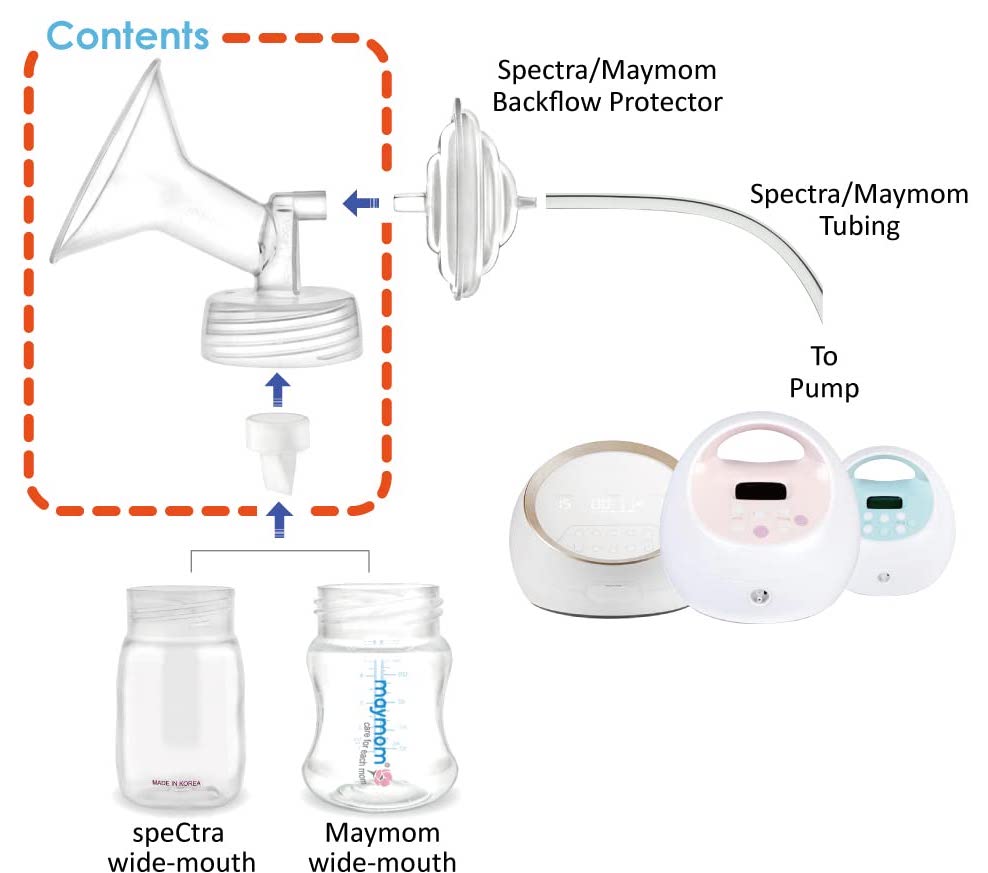
Exclusive Pumping and Breastfeeding terms
- Elastic Nipples – sometimes when pumping some nipples will stretch all the way to the end of the flange creating pain.
- Foremilk – is a watery “looking” milk that baby gets at the beginning of feeding.
- Hindmilk – is the fattier milk that baby gets toward the end of feeding
- Let Down – when milk begins to come out of the breast and can sometimes create a tingling sensation or for some it can be more of a pins and needle sensation.
- Stimulation – when pumping this is a fast quick suctioning that triggers let down
- Expression – longer stronger suctioning that expresses the breast milk out of the breast.
- 3 Breast Pump Buttons- The Mode button on a spectra switches back and forth from Stimulation and Expression suctions on the pump. The Cycles button on the pump adjusts how often the suction pumps occur and the Vaccum Button adjusts how “intense” the suctions are. For more information I highly recommend reading “Making Sense of Breast Pump Settings”.
- Mastitis – painful inflammation of the breast tissue that is usually accompanied by a fever.
- Clogged duct – a tender lump in the breast that is caused by a milk duct not draining properly.
- Milk Bleb – milk that has “hardened” in the duct of the nipple. I knew I had one when my nipples would get incredibly itchy (TMI). I would use a warm washcloth in the shower to do a compress and it would go away.
- Oversupply – when milk supply is more than baby needs and can often result in discomfort, engorgement,
How much milk should I be producing when exclusively pumping?
The amount of milk produced on a daily basis when exclusively pumping can vary depending on various factors. These factors include: age, health, stress level, hormones, and pumping schedule. On average, around 25-35 ounces (750-1,050 mL) of milk per day is produced when exclusively pumping and I have learned that it is incredibly normal to pump only 2-3 oz at each session (this was me). However, producing less or more than that is normal too.
Don’t compare your milk supply with others or stress about the numbers. In the beginning I would compare myself to others that were oversupplyers on social media. I would notice that the comparison would activate a loop of self criticism that I would later learn was completely unnecessary and that I was producing enough. I did not produce enough milk for an enormous freezer stash but enough to feed my baby on a daily basis. Focus on your baby’s feeding cues, weight gain, and overall health to assess whether they’re getting enough milk. Work with a lactation consultant or your pediatrician to help reach your goals.
Exclusive pumping can be a rewarding yet challenging way to provide breast milk to your baby. With the right equipment, schedule, and mindset, you can establish and maintain your milk supply, even if you can’t breastfeed directly. Remember to take care of yourself and seek help if you need it. You are doing a great job as a mother, no matter how you choose to feed your baby. We hope this guide has provided useful information and tips for exclusive pumping. If you have any questions or comments, please feel free to share them below. Good luck and happy pumping!



